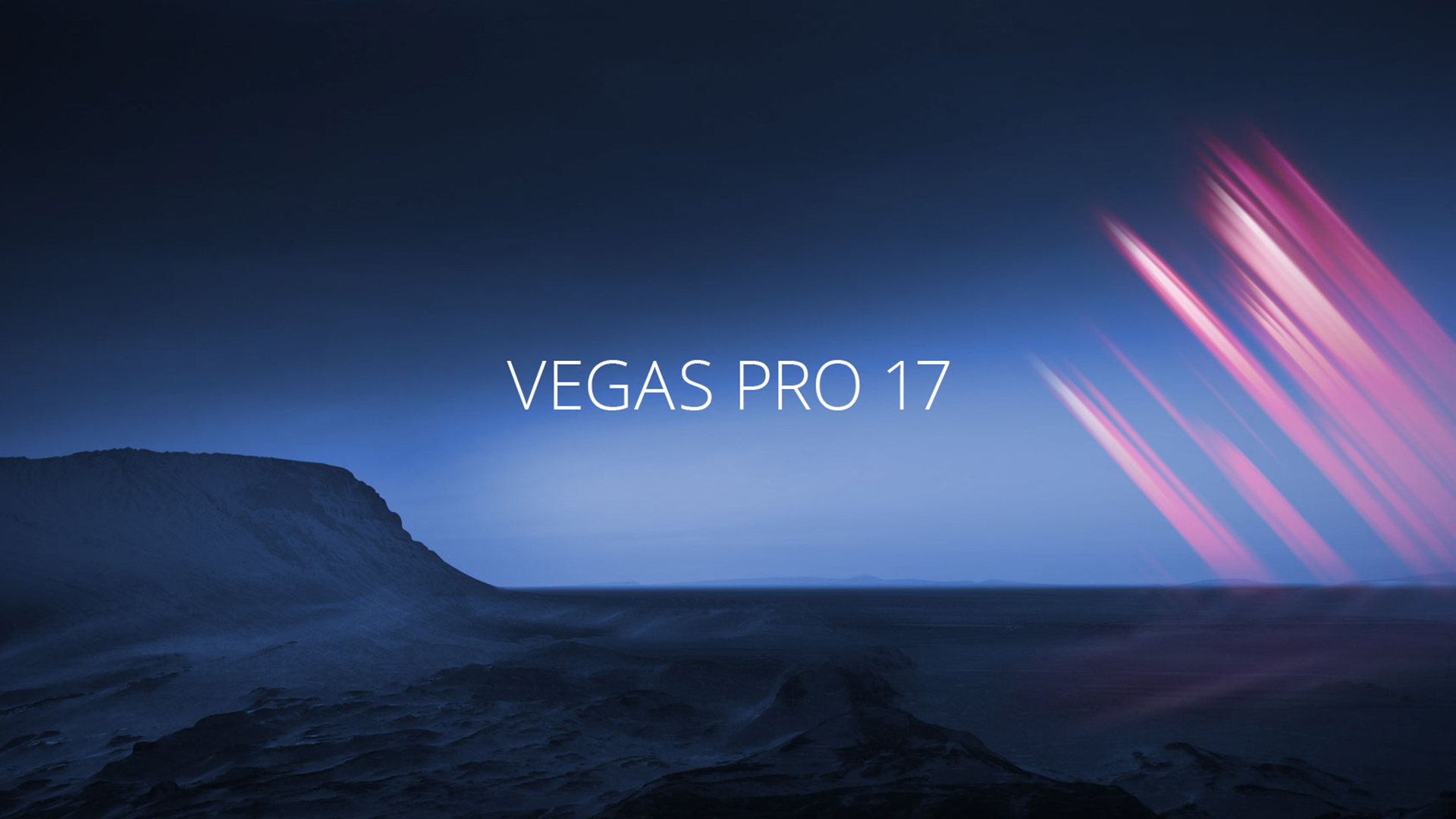
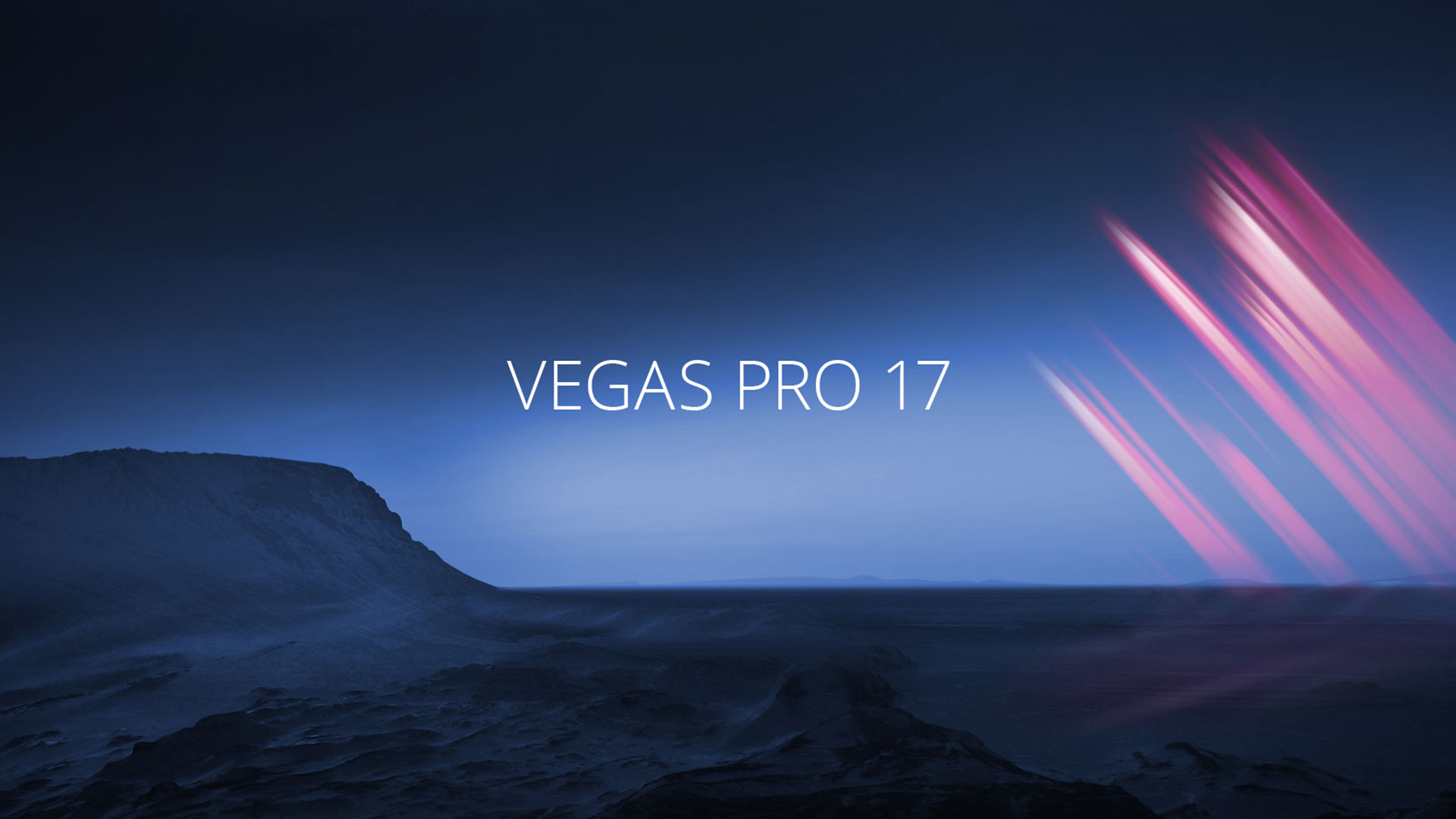
Vegas, an extremely capable NLE that’s been around since 1999, is now owned by Magix. It seems to have found a comfortable and welcoming home with the German company, where it’s being actively developed and supported, after a period of stagnation and uncertainty.
I first came across Vegas very soon after it was released. You may be surprised to know that at first it didn’t support video. That’s an unusual strategy for a video editor, but - back then - it wasn’t a video editor. It was, quite specifically, an a multitrack audio application, and a very good one, I remember, if a little confusingly positioned in the market place because what it definitely wasn’t, was a multitrack version of Sound Forge, Sonic, Foundry’s seminal stereo audio editor.
I’d spent most of the previous years working for companies that sold DAWs, and I’d seen the demise of the hardware-based systems in favour of downloadable audio editors like Cool Edit Pro, which went on to become the basis for Adobe’s Audition.
So here was a very classy-looking multitrack audio editor that didn’t need specialist hardware. It was interesting for that alone. But then, along came Firewire (Sony called it iLink and engineers called it IEEE 1394), which was the first time you could link a digital camera directly to generic computer without a special interface card - although most PCs didn’t come with DV on the motherboards - so you still needed a DV interface.
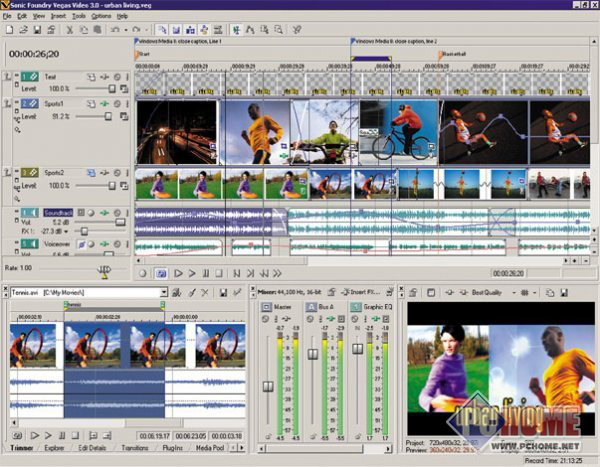
One of the early versions of Sonic Foundry Vegas Video 3
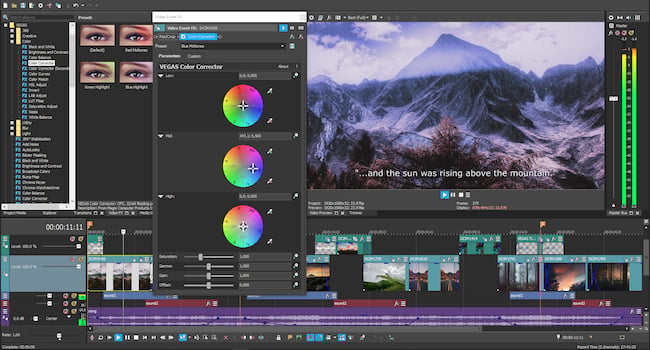
And this is the latest version of the software from Magix
When it worked, DV was marvellous. It was custom designed to work properly with video, with its so-called “isochronous” mode, which - I suppose - meant that whatever happened, you’d get the right amount of data for a video feed going across it in real time.
When, sometimes, it didn’t work, it could crash the computer completely. I remember times when merely plugging in a Firewire cable crashed the computer to a blue screen.
But you have to remember this was not only the early days of desktop digital video, but also plug-and-play on a PC. It was satisfying enough that it worked most of the time, and of course, none of this was the fault of Vegas.
Early video iterations of Vegas did not come with any sort of ingest facility. No RS422 nor any sort of tape control. It was about as raw (in the sense of “basic") as you could get. But, again, it was pioneering. They first transatlantic flight wasn’t very comfortable either, but everyone knew that it would lead to much greater things, and just look how much flight has progressed in the last 100 years.
Eventually the files came directly out of the camera and there was no need to ingest anything.
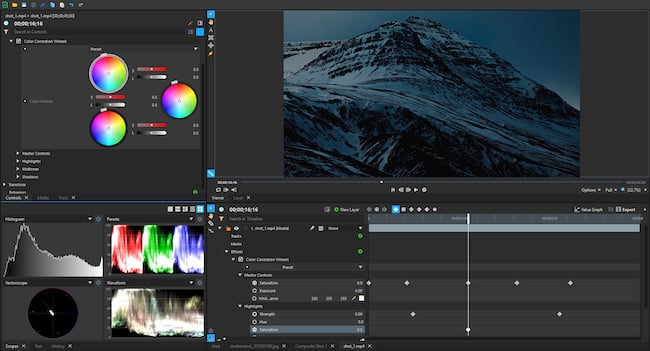
Colour correction and grading
Unique interfaces
Users of early NLEs will remember that each one effectively came with its own user interface. I mean, really, every symbol, button and convention was unique to the NLE. It was fine when you got used to it, but it represented an early learning curve that was indistinguishable from the vertical. And that’s before you came to the media management.
More often than not, when you set out to find a file, it would have been given a name like “zxc798a6ss9aa887979shixxx239888sbzbks00001 “ instead of “bicycle”
So here’s the thing about Vegas and user interfaces. Vegas’ user interface was Windows. It made it easy to use and direct. Want to find a file? Find it the same way as you’d find anything else in Windows.
The other thing that really appealed to me as an audio guy was that you could edit video like it was audio. From an audio editor’s perspective, video editing is never going to be as flexible as pure audio editing because you can be much more precise with audio. Video is “sampled" at 24, 25 or 30 times per second. For every frame there are at least 1,300 audio samples. That’s 1,300 times more temporal precision on the time line and it just makes working with audio easier.
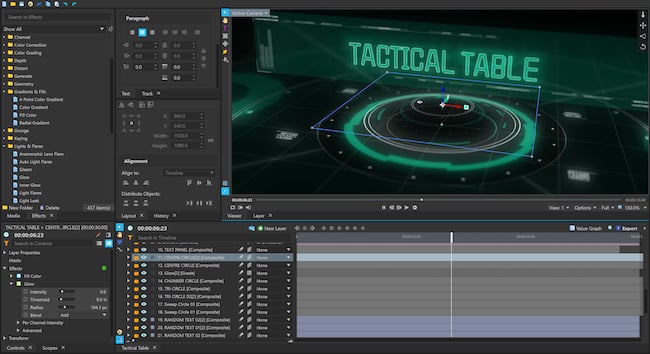
One of the strengths of Vegas has always been the sheer amount of SFX that can be performed in the software
Audio themed features
But there are other audio-themed features that Vegas has retained that make it quick and easy to use, foremost of which is dissolves. With most audio editors, if you want to make a dissolve (a “crossfade"), you just drag two clips over each other and the overlapping area represents the duration of the dissolve. Video editors always seemed to make more of a song and dance about this process and it always puzzled me, although I eventually got used to it.
It was this closeness to Windows that made Vegas a joy to use in comparison with its idiosyncratic competitors. That’s not to be overly critical of the other NLEs, but most people knew how to use Windows, and this proved to be a highly transferrable skill for Vegas.
Twenty or so years later, Vegas is in very good shape. After a period of stagnation with Sony, it was bought by Magix. When I heard the news, I wasn’t sure what it would mean for the software. But now we know that it was indeed good news. The first few releases brought it up to date, and it’s no entering zone of rapid development.
If you’ve never used Vegas, it’s definitely worth a try. I have always found it to be extremely productive. And because I never really got into the sometimes restrictive ways of the other NLEs - it still makes a lot of sense to me.
So what exactly is Vegas today? With its current rate of development, it has a completely revived future. It’s more than just a survivor: it’s a real contender.
Tags: Post & VFX


Comments